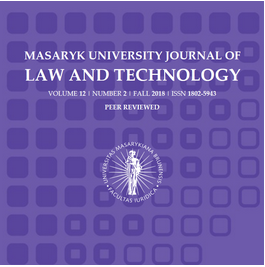Pornography in Cyberspace – European Regulations
Pornography in Cyberspace – European Regulations
Author(s): Małgorzata Skórzewska-AmbergSubject(s): ICT Information and Communications Technologies, EU-Legislation
Published by: Masarykova univerzita nakladatelství
Keywords: Child pornography; simulated child pornography; pornography in cyberspace; European regulations; blocking access to websites;
Summary/Abstract: The widespread global computer networks generate also illegal content, which can reach practically an unlimited amount of recipients. Utilizing global networks for dissemination or presenting child pornography is increasing in an avalanche-like way. Documents adopted in reaction to this phenomenon require that EU Member States, as well as countries belonging to the Council of Europe, take measures enabling prosecution of i.a. producing, making available, possessing and distributing child pornography by use of information systems. Problematic is so-called artificially generated or simulated imagery pornography. Blocking or withdrawing of illegal content from networks remains a debatable issue. Liability is often avoided due to the variety of legal systems applied by different countries. Hence, continuous international cooperation in analyzing the situation and coordinating measures in combating child pornography and other forms of sexual abuse on the Internet is of vital importance. Latest efforts of the European Union (e.g. the proposed new Council Framework Decision concerning combating sexual exploitation and abuse of children for sexual purposes, child pornography) strive for the adoption of harmonized regulations in combating this phenomenon in different countries.
Journal: Masaryk University Journal of Law and Technology
- Issue Year: 5/2011
- Issue No: 2
- Page Range: 261-272
- Page Count: 12
- Language: English

